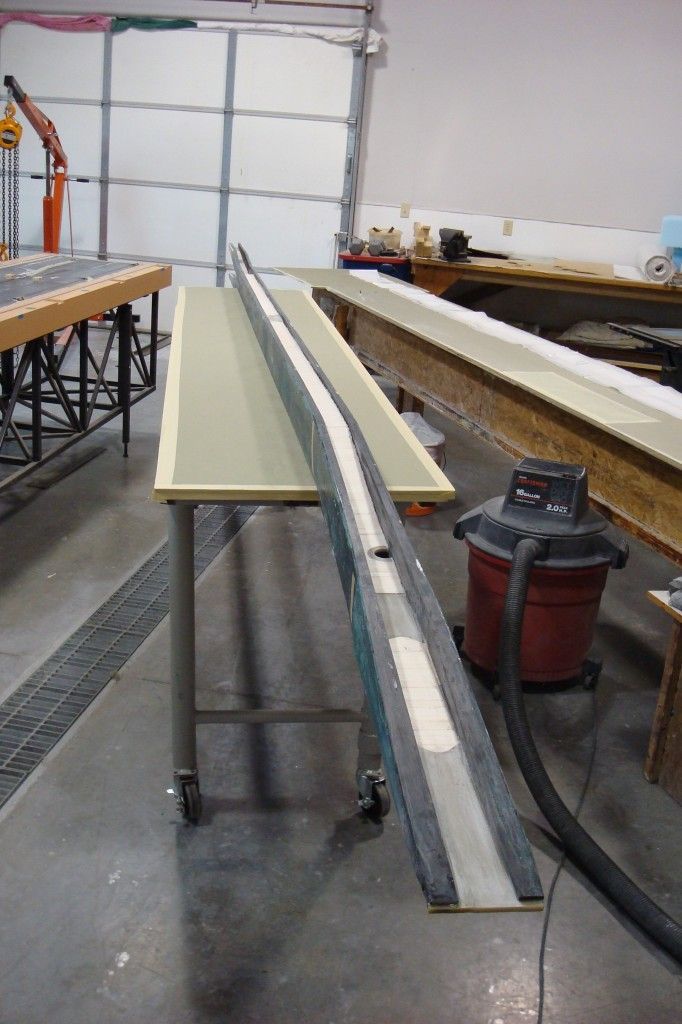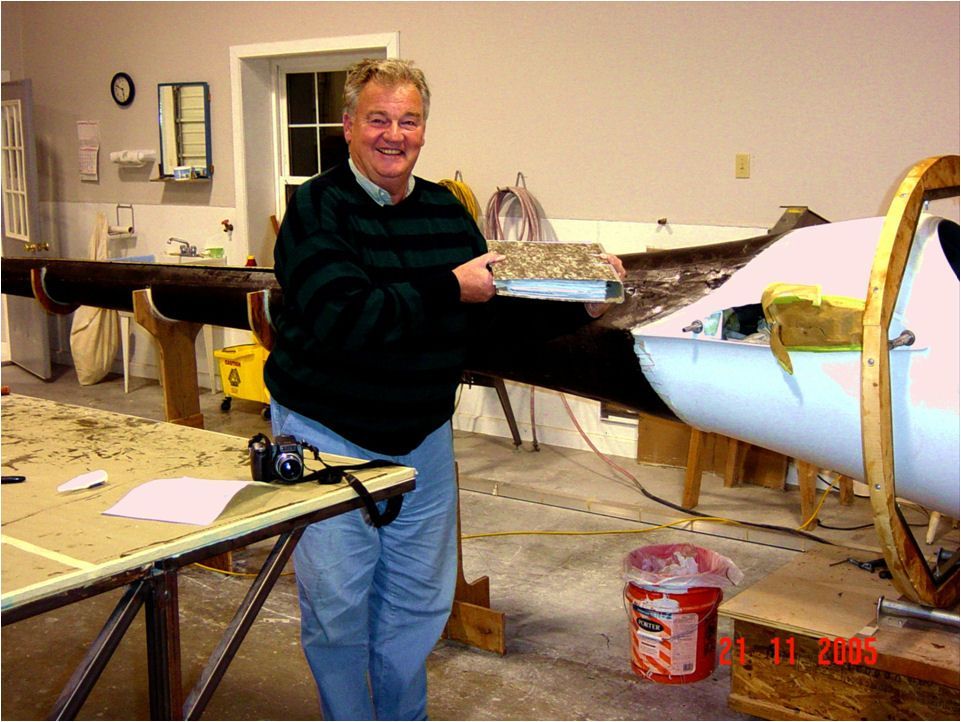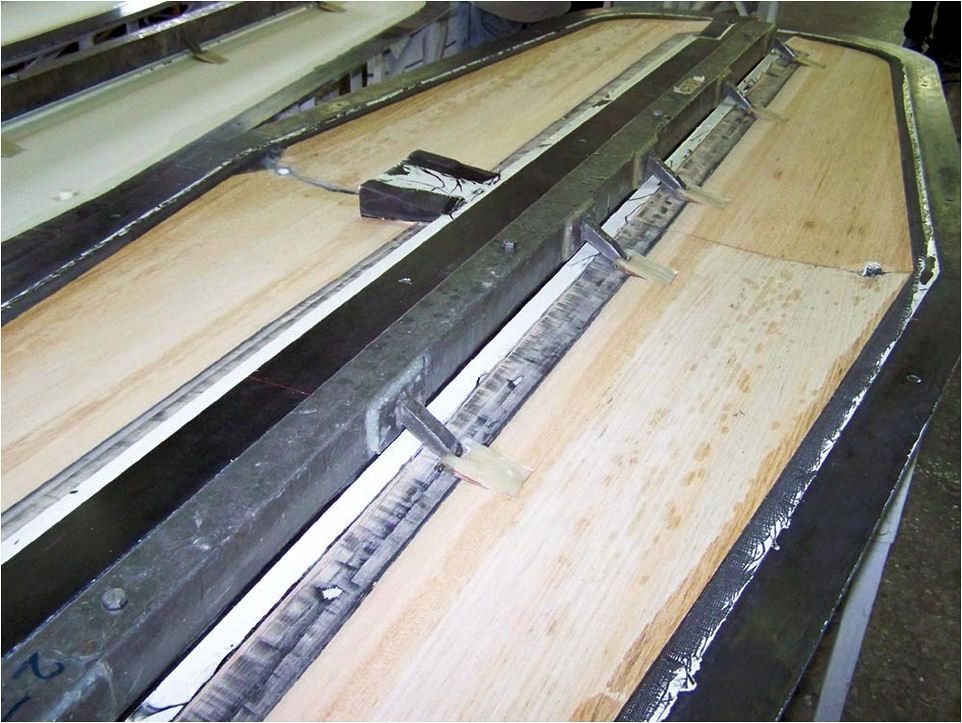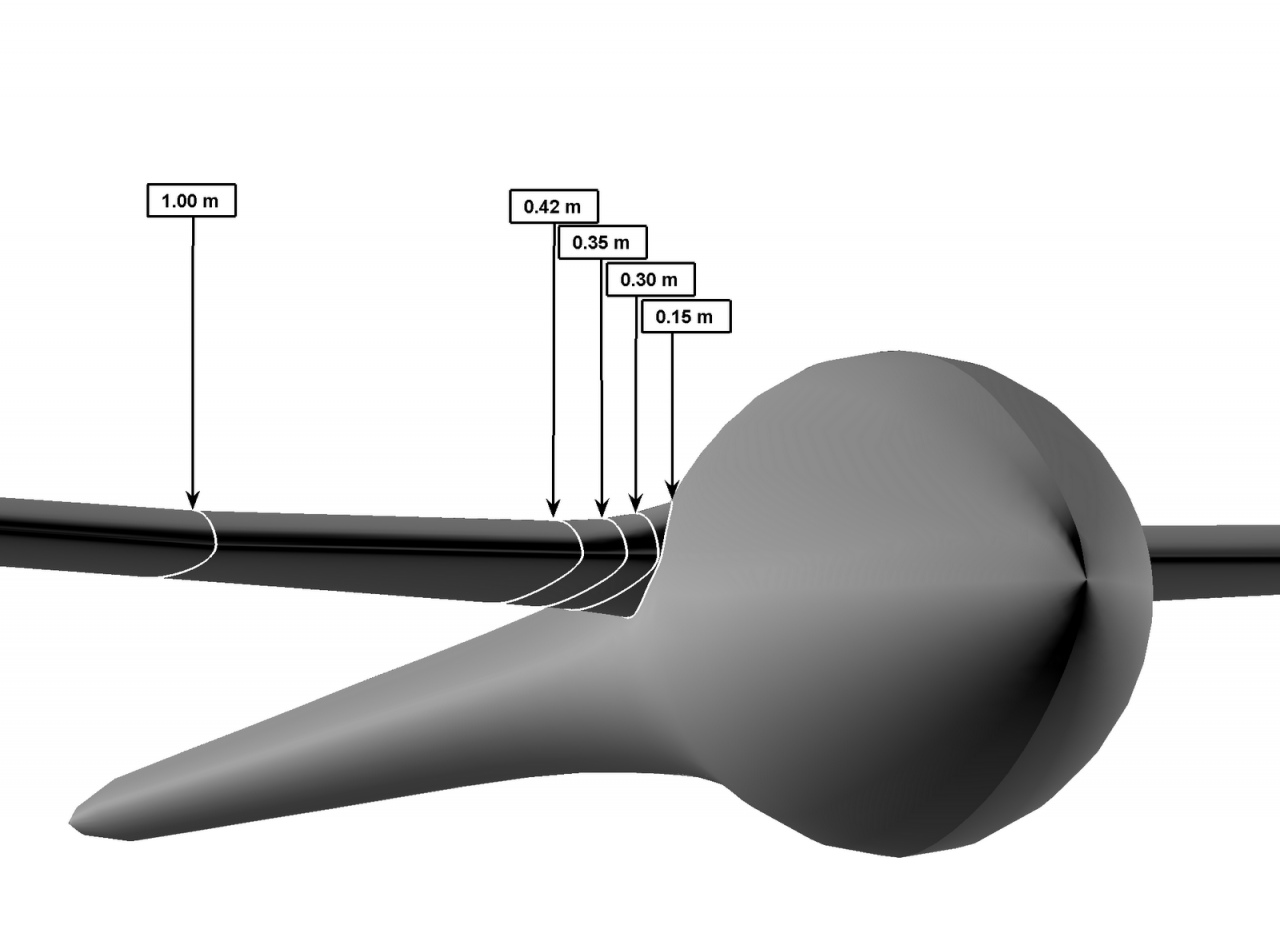Building The Wing Control System
No one could have predicted the time and complexity involved in designing, building and installing the Concordia flight control systems. As discussed in preceding chapters, very few compromises were made in the Concordia wing design from the viewpoint of aerodynamics and handling qualities. On paper it was a lot of fun designing a supership and not having to worry about production time, associated costs, and being able to market the plane at a competitive price. In reality a lot of the design choices that were made to maximize competition performance came back to haunt us in the building and installation of controls.




